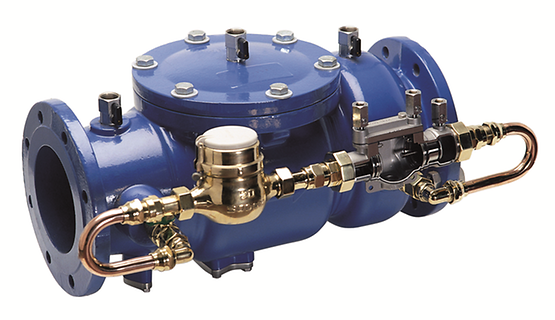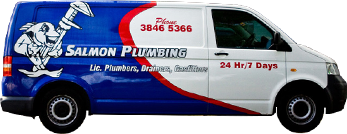Arrive on Time Terms & Conditions
Salmon Plumbing Guarantee to ARRIVE ON TIME to your scheduled appointment.
In the rare instance that your plumber has been delayed due to unforeseen circumstances beyond our control, we promise to give you a MINIMUM 30-minutes notice of ANY change in arrival time and will offer to reschedule, if that’s more convenient for you
If we don’t give you at least 30 minutes notice in advance, we will happily give you a FREE Hour of Service on your plumbing job.
This offer is not to be used with any other offer.
Does not apply to quoted jobs.
Discounts will not be applied to overdue amounts.
Deposits
Deposits are not refundable however partial or total refunds of deposits may be made at the sole discretion of Salmon Plumbing.
Cancellations
Salmon Plumbing reserve the right to charge for lost time as a result of cancellations and or postponement made less than 2 business days from the scheduled appointment time.
Warranties
Salmon Plumbing offers a 6 and half year warranty as per the Queensland Building & Construction Commission (QBCC).



